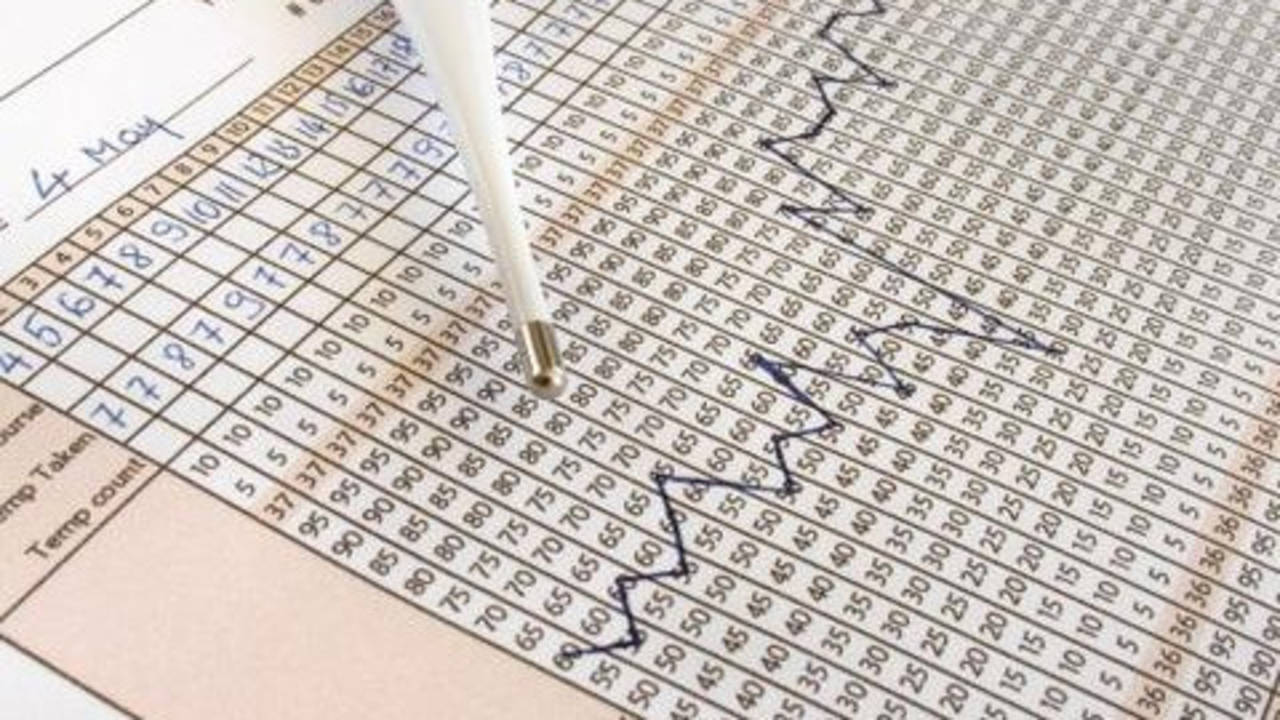Basal Body Temperature: an Acupuncturist Guide

Basal Body Temperature (BBT)
If you have started your fertility journey this is a term you may have heard of or be curious about or wondered if it is for you. There are many ways to track fertility throughout the month; BBT, ovulation predictor test kits, cervical mucus changes, Ava bracelets and more.
It can be a stressful thing to be asked for so early in the morning to reach out and grab a thermometer and take your temperature, note it and not move or pee or anything. But it’s a daily task that gives your provider so much information so please bear with me and let me explain why it so important.
Importance of Basal Body Temperature
For me, as an acupuncturist, the data from the BBT chart is the best because it shows us trends through all four phases of your cycle and in doing so, we can see what part of the cycle needs to be addressed the most and what changes have occurred over time. There are subtle patterns in your basal body temperature chart that we as practitioners can see and it clues us in on what to treat and when so that there is another level of knowledge like looking at your tongue or taking your pulse gives us to get a glimpse as to what your body is up to all month long.
So, lets look at the basics so that you can have the information needed to feel like a pro!
First, how to take your basal temperature.
Reach over to your thermometer and insert in your mouth, record results and begin your day. Ideally, when taken every morning at the same time, it will be most accurate. Your thermometer needs to be a basal thermometer. They are sold at drug stores and online. Many thermometers sink up with an app so you don’t have to chart manually, which is really nice. If you are selecting your own app make sure to find one that can be shared with your practitioner if needed. Often they can enter a portal or the basal body temperature chart can be attached to an email.
Many of you may be asking the question what if I wake up at a different time? No worries, ladies. There is also a calculator needed to adjust the temperature readings if needed to account for the different times you wake up. And here is the one I recommend. This allows you to adjust your temp and be as accurate as possible.
Want an example of a paper basal body temperature chart? Here it is!

Make sure that you have a way to clearly track and note your mood, physical symptoms, sleep, cervical mucus, spotting, and timed intercourse.
Next is the analysis of the data and symptoms that occur throughout the month.
The ideal chart will have clear temperature shifts during the month with a Luteinizing hormone surge 24 to 48 hours prior to the ovulation which, while it may not be as helpful in the first month, will allow for planning the fertile window of time and when to begin timed intercourse. For planning purposes, you should have at least 3 days of elevated temperatures before a clear ovulation can be noted. Your temperature should stay elevated 13 to 16 days after ovulation. If it stays high and doesn’t start to lower, this can indicate that the corpus luteum is producing progesterone and you may be pregnant.
With all of the data collected each day, fertility shifts and changes can be tracked and acupuncture or herbal treatments will be much more effective and accurate to what your body needs. I hope that I have answered your questions and taken some of the unknown factors out of the equation.
If you have more questions, please email me at [email protected].
PIN IT FOR LATER
Stay connected with news and updates!
Join our mailing list to receive the latest news and updates from our team. Your information will not be shared.



